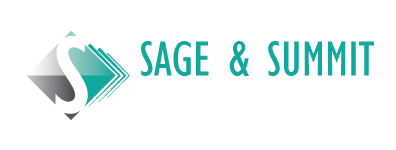In this week’s wisdom I would like to continue our conversation about company culture. Two elements of culture that I find to be integrated are communication and inclusion.
Whenever we do a SWOT on a team, or a company, communication appears among the first 3 strengths, and the first 3 weaknesses. The rhetoric goes something like this – we are really good at communication, we communicate a lot, and on the other end, communication is a key weakness because no one knows what is going on.
In a recent Culture IQ survey of 30,000 employees across North America, communication was at the bottom of all the culture dimensions. With increasing communication channels – communication has been identified as the weakest link.
Our conclusion is that we have to pay attention to communicating more effectively. That brings in the dimension of inclusion. While it is fairly easy to pay lip service to diversity and equity, a true measure of inclusion is – Who has a voice in the company? Who gets heard in meetings, and who feels free and safe to share their ideas?
3 considerations for more effective and inclusive communication:
- Develop and communicate a shared vocabulary. What types of language is appropriate to support the desired culture? Formal or informal? Are expletives acceptable? Do we talk about issues, or people?
- Develop and exhibit (lead by example) the way people should communicate in the company. What level of transparency is acceptable? How often do managers give their teams updates? How are people being held accountable in their teams? How are decisions and changes communicated to the teams?
- Build and maintain ways for people to feel a strong sense of psychological safety in their teams and in the company as a valued employee. How do we listen to everyone’s ideas and thoughts? How does the team debate and engage in healthy conflict?
And a final thought on inclusive communication: “When we listen and celebrate what is both common and different, we become wiser, more inclusive, and better as an organization.” – Pat Wadors

